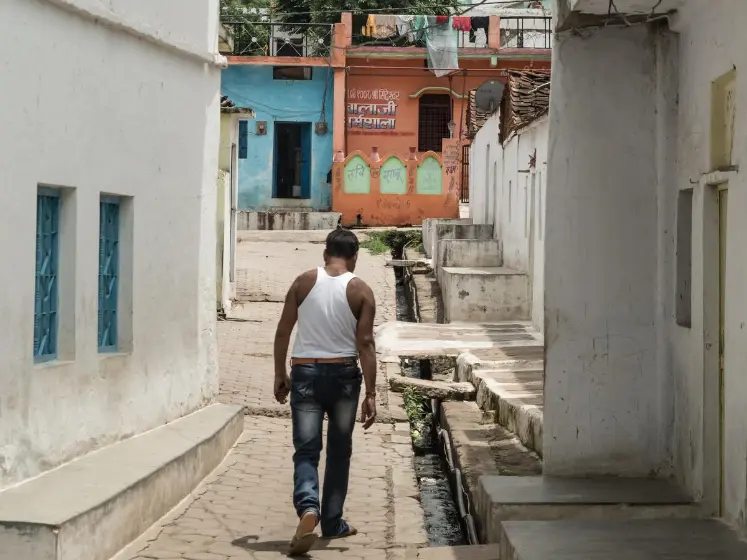Majority of urban workers in India received no pay for a month or more during lockdown

A Majority (52 per cent) of urban workers in India went at least a month without work, pay or any financial assistance during the lockdown, a new analysis finds.
Financial assistance from the government or employers was available to just a quarter of the workforce – with informal workers least likely to benefit.
The report City of Dreams no more? published today by the LSE’s Centre for Economic Performance (CEP), reveals the employment impact of one of the world’s most restrictive Covid-19 lockdowns.
The government of India announced a nationwide lockdown aimed at slowing down the spread of Covid-19 on the 24 March 2020 – bringing the lives of 1.3 billion people to a standstill, initially for 21 days. The lockdown was extended until 31 May with some relaxations in areas where the spread had been contained.
Drawing on a survey of 8,500 workers aged 18 to 40 carried out between May and July 2020, the report shows that 21.7 per cent of workers were made unemployed or had worked zero hours in the week before they were surveyed. Many workers had already been out of work and received no pay at all in April. Together, 52 per cent of urban workers went without work, pay or financial assistance in the three months following the start of the lockdown.
The report shows that those hit hardest were individuals in informal work (with no employment contract), who were from marginalised socioeconomic groups.
Key findings include:
- 1.2 per cent of those surveyed were unemployed before lockdown – this increased to 15.5 per cent during lockdown. Of those unemployed, 90 per cent said coronavirus was a factor in their job loss.
- Labour incomes fell by 48 per cent between January-February and April-May 2020.
- During the three months of the survey - 80 per cent of informal workers had been out of work for more than a month, compared to less than 20 per cent of formally employed workers.
- Since the pandemic, workers in the top quarter of labour income have seen their share of total income rise by 16 percentage points. As earnings of the top quarter were relatively protected from the Covid hit, their share of total income grew from 64 per cent to 84 per cent. Government assistance for the lower-paid reduced the share of the top quarter slightly to 80 per cent
India already runs the world’s largest jobs programme, guaranteeing 100 days of work to rural households. Several states in India are now introducing urban jobs programmes, particularly for young workers. The report shows urban workers, especially informal young workers, would value a guarantee of a 100 days of work.
The report authors - Shania Bhalotia, Swati Dhingra and Fjolla Kondirolli – say that a national commitment of resources for low-income informal workers everywhere in the country would help start to the recovery process.
Ms Bhalotia said: "Young workers, who are over-represented in informal employment, are particularly at risk of job losses, which can have life-long scarring impacts on their future prospects, mental health and community well-being."
Dr Dhingra said: "Efforts to provide a social safety net to informal workers has been on the agenda of policymakers in developing economies for years. It may finally be time to revive old ideas, such as a universal job guarantee, to protect the livelihoods of many informal workers who are at risk of falling into urban poverty. Their aspirations of a prosperous life have already been shattered by the pandemic. Life in the city now looks more unequal and precarious. Policy action is needed to counteract these forces to ensure cities continue to provide opportunities for high growth and better jobs for everyone, not just those in secure privileged positions."
Ms Kondirolli said: "Covid-19 exacerbated pre-existing inequities in urban India and those at the lower end of incomes suffered the most. Workers in the bottom half of pre-Covid labour income had bigger income losses than the top half. Informal workers, especially young informal workers from lower socioeconomic groups, faced the biggest job cuts."